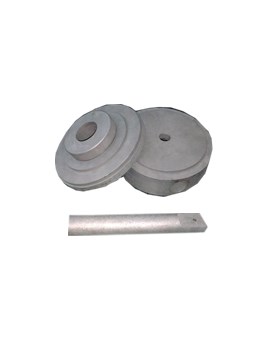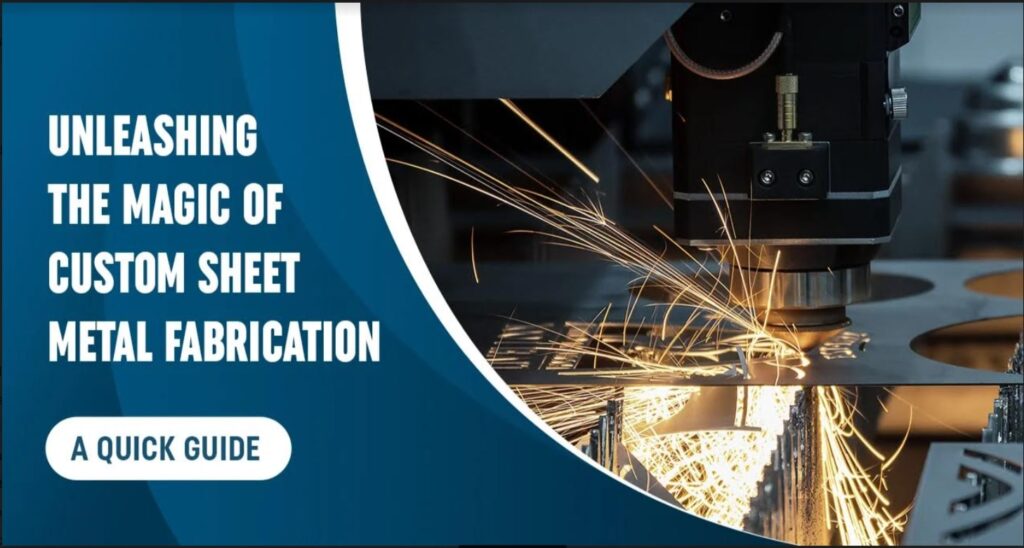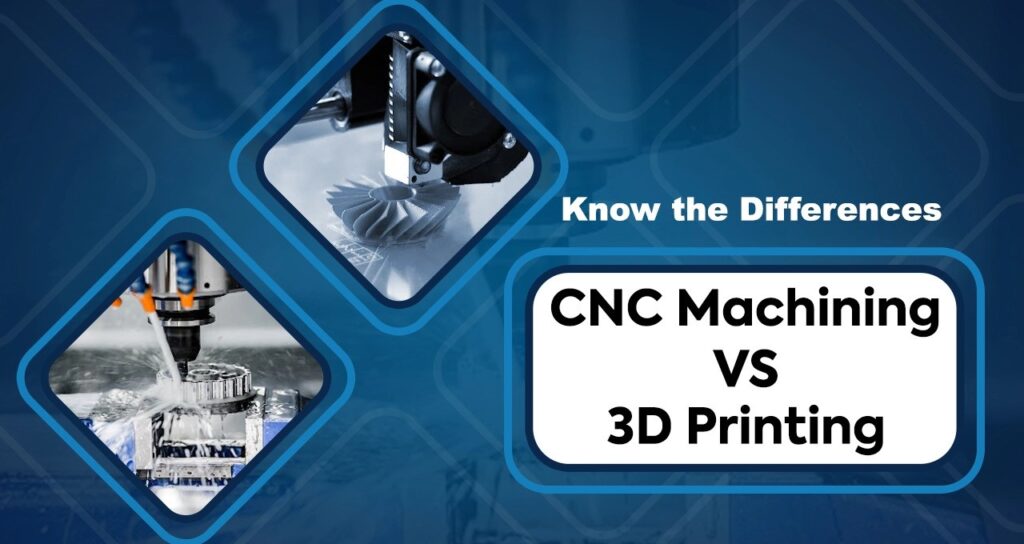The first time that Createproto used graphene to make a rapid tooling for customer requirements of ultimate tensile strength, after a month of testing, the customer’s rapid tooling was finally printed.


At present, the 3D printing materials on the market are mainly plastic, metal, ceramic and biological materials. Graphene, as a two-dimensional honeycomb material formed by sp2 hybridization of carbon atoms, is considered a “magic material”. What are its applications in the field of 3D printing?
At present, the 3D printing materials on the market are mainly plastic, metal, ceramic and biological materials. Graphene, as a two-dimensional honeycomb material formed by sp2 hybridization of carbon atoms, is considered a “magic material”. What are its applications in the field of 3D printing?
The advantages of graphene itself are light weight, high strength, and good electrical conductivity. The current mainstream of graphene 3D printing is extrusion-based 3D printing. The core and key is the paste (or wire) used in the printing process. This requires the graphene and its Derivatives (graphene oxide, etc.) are dispersed in a suitable high-viscosity polymer material or other solvents to form a slurry and then 3D printed into the desired three-dimensional structure. After the printing is completed, post-processing methods (such as annealing, etc.) are used to improve the graphene The degree of reduction and purity. It is worth noting that the above-mentioned 3D printing process often obtains graphene-based composite materials, and additives will greatly affect the properties of graphene (such as mechanical strength, conductivity, etc.), so the preparation of slurry (or wire) The solution needs to be handled ingeniously. The prepared and printed structure usually has different requirements in different fields. The following is an example for several different application fields.
In terms of mechanical strength, when it comes to high strength, Createproto uses a computer simulation model to simulate the three-dimensional structure of graphene and analyzes its strength under the assumption that there are no defects. The results show the ultimate tensile strength of the structure ( 2.7GPa) 10 times higher than ordinary steel.





